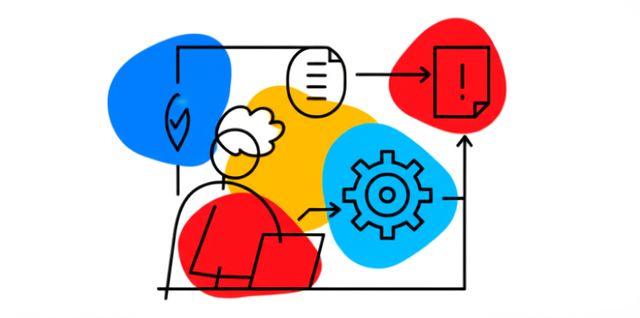Process Modeling
The field of process modeling is a blend of business process management and data science that uses modeling techniques to create visual representations of processes. These models help businesses understand how their processes work, identify areas for improvement, and make better decisions. The practice of process modeling has its roots in computer science and industrial engineering, using flowcharts to visually represent processes. It has since become a valuable tool in business analysis, software engineering, and other disciplines.
Importance of Process Modeling
In the current business landscape, the ability to map out and optimize processes is vital to success. Process modeling offers several benefits, including:
- Improved efficiency: By providing a clear understanding of how processes work, process modeling can help businesses identify bottlenecks and inefficiencies.
- Reduced costs: Process models can streamline processes and eliminate waste, resulting in cost savings.
- Increased customer satisfaction: Improved processes lead to better customer experiences and higher satisfaction.
- Enhanced collaboration: Process models provide a common language for stakeholders, facilitating better communication and collaboration.
From startups to large enterprises, organizations across various industries can benefit from process modeling. Common applications include:
- Business process management: Mapping out processes to identify areas for streamlining and improvement.
- Software engineering: Creating models to design and document software systems.
- Manufacturing: Optimizing production processes to increase efficiency and reduce waste.
- Healthcare: Modeling patient care processes to improve outcomes and reduce costs.
Tools and Techniques in Process Modeling
A variety of tools and techniques are used in process modeling, including:
- Flowcharts: Traditional diagrams that use shapes and arrows to represent processes.
- Business Process Model and Notation (BPMN): An industry-standard notation for modeling business processes.
- Event-driven Process Chains (EPCs): Emphasize the events that trigger and drive processes.
- Simulation: Computer simulations to test and analyze processes.
The choice of modeling approach depends on the specific needs and goals of the project.
Benefits of Learning Process Modeling
Gaining proficiency in process modeling offers numerous career and professional benefits:
- Increased job opportunities: The demand for professionals skilled in process modeling is high.
- Higher earning potential: Professionals with process modeling expertise earn higher salaries.
- Enhanced problem-solving abilities: Process modeling cultivates analytical and problem-solving skills.
- Improved communication skills: Process models provide a common language for stakeholders.
How to Learn Process Modeling
Many resources are available to help aspiring process modelers develop the necessary skills and knowledge. Online courses are a flexible and affordable option, providing comprehensive introductions to the field. These courses often cover core concepts, tools, and techniques, offering hands-on experience through projects and assignments.
Online courses can provide a strong foundation in process modeling, but they should be complemented with real-world experience. Internships, volunteering, or personal projects can help solidify learning and prepare individuals for the workplace.
Careers in Process Modeling
Process modeling skills are highly sought after in various industries, leading to a wide range of career opportunities. Some of the roles that commonly utilize process modeling expertise include:
- Business Process Analyst: Analyze and improve business processes.
- Process Modeler: Create and maintain process models.
- Business Analyst: Gather and analyze data to improve business processes.
- Systems Analyst: Study and analyze existing systems to improve efficiency.
Process modeling has become an essential skill in the modern business world. By understanding how processes work, businesses can improve efficiency, reduce costs, and ultimately increase customer satisfaction.


